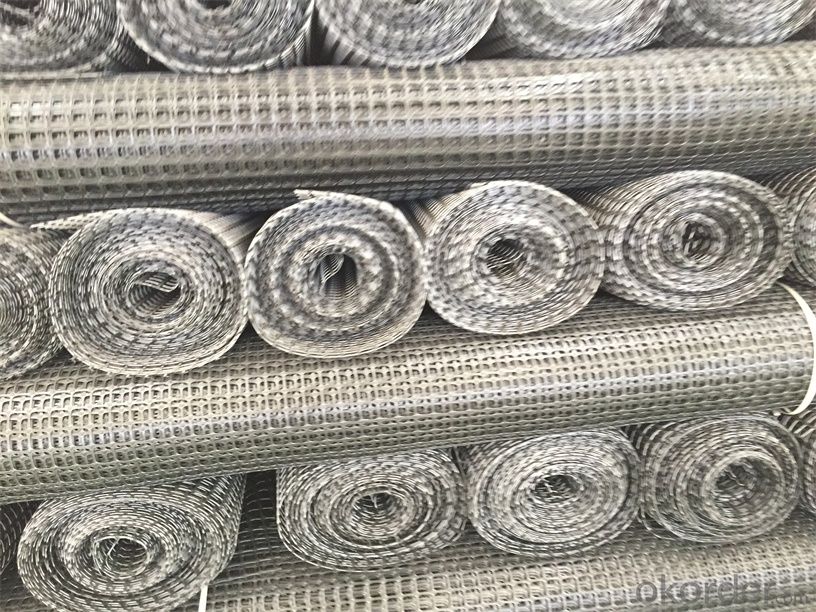- Understanding the Role of Geomembrane Liners in Waste Management
- Innovations in Geomembrane Liners for Water Management
- Geomembrane Liners: A Comprehensive Guide
- The Future of Geomembrane Liners in Civil Engineering
- Geomembrane Liners: Enhancing Landfill Stability
Manager:
WhatsApp:+86 177 0135 2670
Tel:+86 177 0135 2670
Email:marketing@okorder.com
Address:3rd Floor, No.2 Building, No.1 Sanlihe Road
The Environmental Impact of HDPE Geomembranes
When we talk about the environment, we often think of the big picture - climate change, deforestation, and pollution. But what about the smaller, seemingly insignificant materials that we use every day? One such material is High-Density Polyethylene, or HDPE, which is commonly used in the form of geomembranes. These versatile sheets are used in various industries, from construction to agriculture, and even in waste management. But what impact do they have on our environment? Let's dive in and explore the environmental impact of hdpe Geomembranes, with a focus on their production, usage, and disposal.

The Life Cycle of an HDPE Geomembranes
Production: The Beginning of the Journey
The production of HDPE geomembranes starts with the extraction of raw materials, primarily petroleum. This process is energy-intensive and contributes to greenhouse gas emissions. However, the manufacturing process itself is designed to be as efficient as possible, minimizing waste and emissions. The raw materials are then converted into pellets, which are melted and extruded into sheets. This process requires heat and pressure, further adding to the energy consumption.
Usage: Serving Their Purpose
Once produced, HDPE geomembranes are used in a variety of applications. They are known for their durability, flexibility, and resistance to chemicals and UV radiation. This makes them ideal for use as liners in landfills, canals, reservoirs, and ponds. They are also used in agriculture for pond lining and irrigation systems. The benefits of using HDPE geomembranes are numerous, but we must also consider the environmental implications of their widespread use.
Disposal: The End of the Line?
At the end of their useful life, HDPE geomembranes can pose a significant environmental challenge. They are not biodegradable and can persist in the environment for a long time. However, recycling programs are in place to recover and reprocess these materials. The recycling process involves shredding the geomembranes into small pieces, which are then melted and reformed into new products. This helps to reduce the amount of waste that ends up in landfills and reduces the demand for new raw materials.
The Environmental Pros and Cons
While HDPE geomembranes offer many advantages, it's important to weigh these against their environmental impact.
The Pros
- Durability: HDPE geomembranes are long-lasting, reducing the need for frequent replacements and the associated waste.
- Chemical Resistance: They can withstand a wide range of chemicals, making them suitable for various applications without the risk of degradation.
- UV Resistance: Their resistance to UV radiation means they can be used outdoors without the need for additional protective coatings.
- Recyclability: The ability to recycle HDPE geomembranes helps to reduce waste and conserve resources.
The Cons
- Non-Biodegradability: As mentioned earlier, HDPE does not break down naturally and can persist in the environment.
- Energy Intensive Production: The production process requires a significant amount of energy, contributing to greenhouse gas emissions.
- Potential for Leaching: There are concerns about the potential for chemicals to leach from the geomembranes into the surrounding environment, particularly in landfills and water bodies.
A Balanced Approach
Finding a balance between the benefits and drawbacks of HDPE geomembranes is crucial. It involves using these materials responsibly, ensuring proper disposal, and supporting recycling initiatives. Additionally, researching and developing alternative materials that are more environmentally friendly is essential.
The Future of HDPE Geomembranes
As we move towards a more sustainable future, the role of HDPE geomembranes will need to evolve. This could mean improving the recycling process, developing new materials with similar properties but less environmental impact, or even finding innovative ways to use HDPE in a more eco-friendly manner. The future is not about eliminating HDPE geomembranes but about using them smarter and more responsibly.
Conclusion
The environmental impact of HDPE geomembranes is a complex issue. It's not as simple as labeling them as 'good' or 'bad'. It's about understanding their role in our society, the benefits they provide, and the challenges they pose. By taking a balanced approach and continuing to innovate, we can ensure that HDPE geomembranes contribute positively to our environment while minimizing their negative impacts.
- Previous:HDPE Geomembranes for Containment and Leak Prevention
- Next:HDPE Geomembrane: A Durable Solution for Industrial Applications
-
2024-12-05Geomembrane Liners: A Comprehensive Guide






